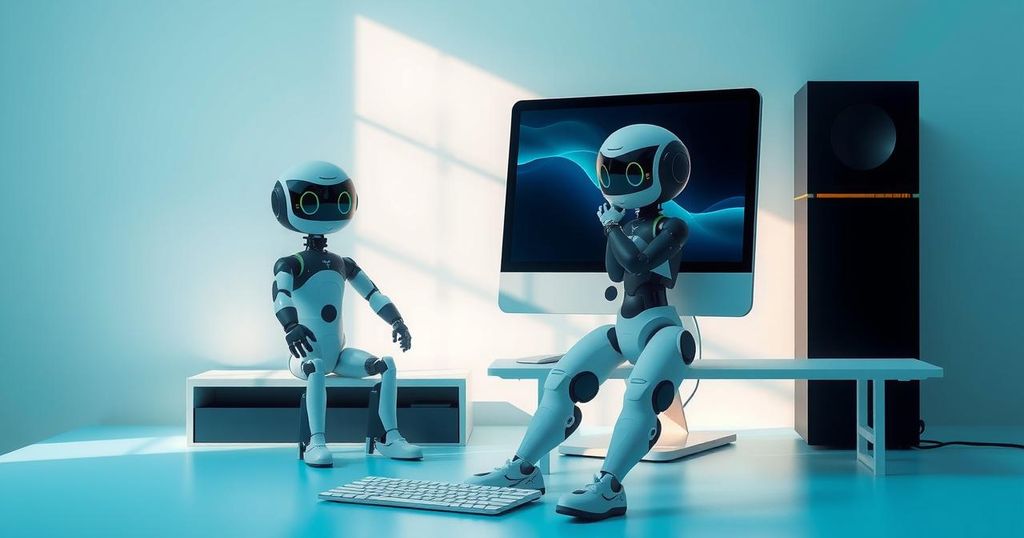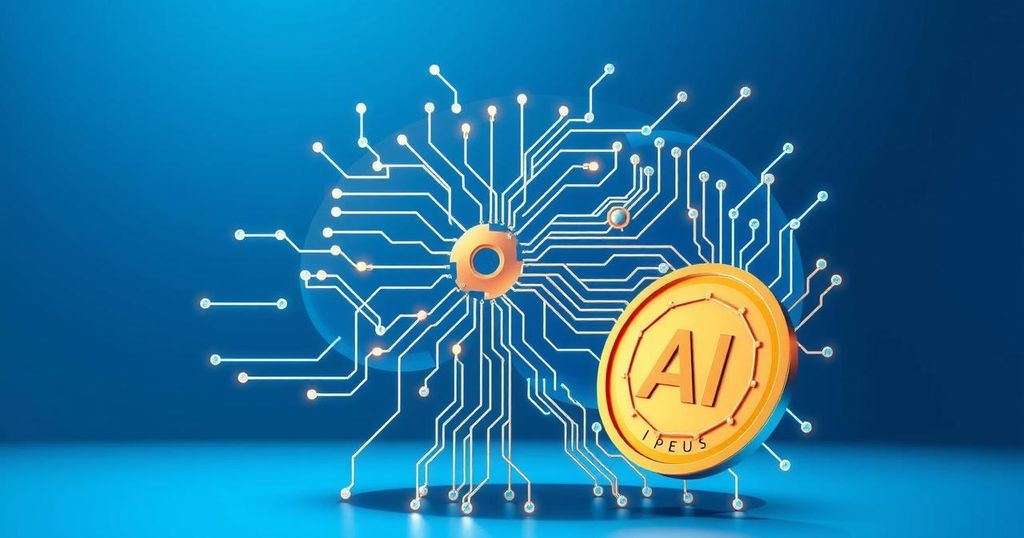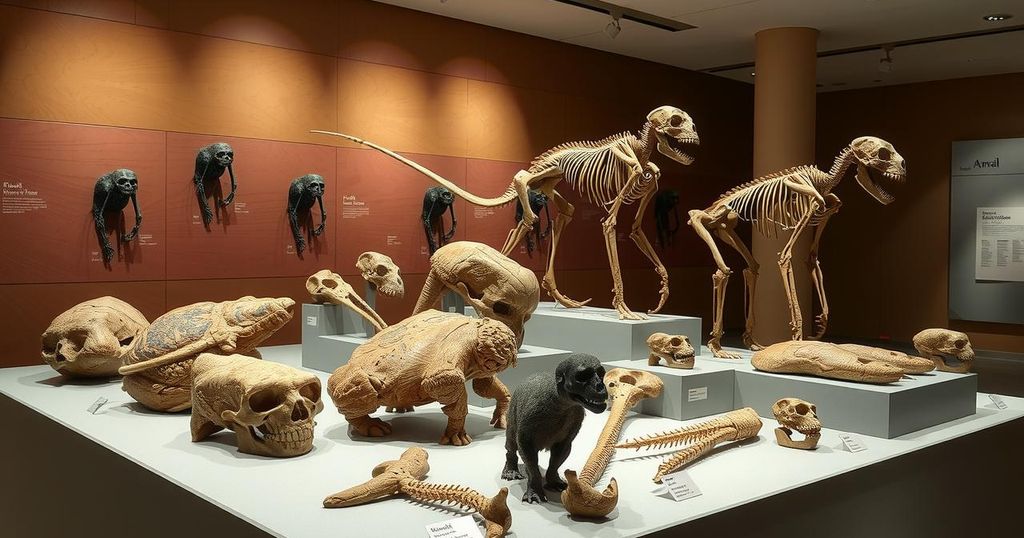Exploring AI: Friend or Foe in Modern Life?
AI’s evolution spans decades, beginning in 1956 at Dartmouth College and spotlighting milestones like IBM’s Deep Blue chess victory. Generative AI, exemplified by ChatGPT, redefines interaction by generating contextually relevant outputs rather than simply retrieving information. Users benefit from AI in diverse areas, including meal planning and image production, emphasizing its growing role in daily life.
Artificial intelligence (AI) has a surprising history stretching back further than many realize. Early forms such as email spam filters and autocorrect systems paved the way for AI’s evolution, exemplified by IBM’s Deep Blue, which made waves in 1997 by defeating chess champion Garry Kasparov. The concept officially dawned in 1956 during a pivotal conference at Dartmouth College, where scholars sought to solve the enigma of AI.
In today’s world, generative AI, like ChatGPT—introduced in 2022—has become a household name. This versatile tool assists in drafting presentations, composing songs, generating ideas, and crafting dinner menus. Yet, the question remains: how can users navigate the complexities of AI responsibly? Expert Mona Slone from the University of Virginia shares insights on utilizing this technology effectively.
When asked about generative AI, Slone explains that it leverages deep learning techniques, utilizing vast amounts of data to master the nuances of human language. With this training, AI can respond to queries with statistically relevant outputs rather than genuine understanding. Essentially, it mimics human language dynamics but lacks true comprehension.
Contrary to the notion of AI being a supercharged Google, Slone clarifies that Google focuses on information retrieval based on keyword matching. In contrast, AI serves to interpret the context of user prompts, resulting in more personalized responses. For instance, if someone asks for the best restaurant in Charlottesville, AI may adjust suggestions to consider other factors, showcasing its interpretive capabilities.
Generative AI’s applications extend beyond just restaurant recommendations. Users increasingly turn to it for meal planning, text summarization, and even image generation for marketing materials, demonstrating the breadth of its utility in daily life.
In summary, AI’s journey began in the mid-20th century, evolving through pivotal moments like IBM’s Deep Blue. Generative AI, typified by tools like ChatGPT, excels in various tasks but operates fundamentally differently than traditional search engines. Understanding these nuances helps users harness the power of AI responsibly, maximizing its potential in diverse applications such as meal planning and content creation.
Original Source: news.virginia.edu




Post Comment